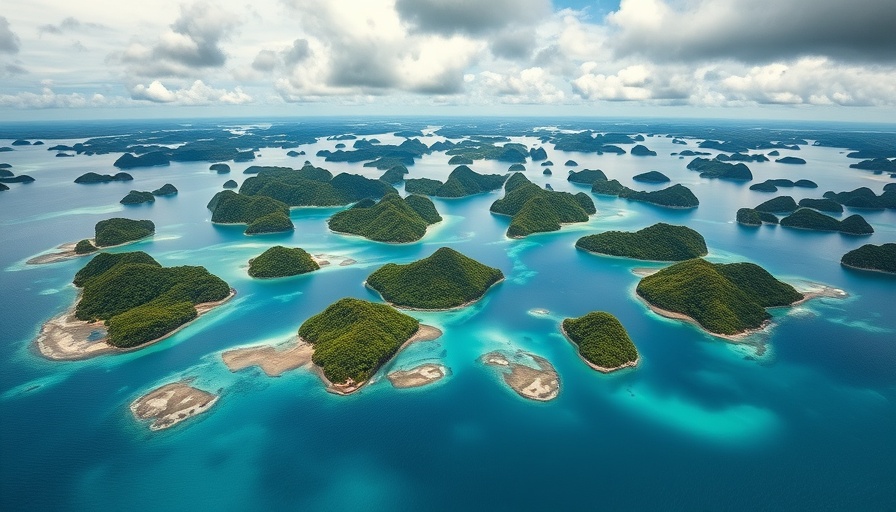
Discover the Paradise of Raja Ampat: A Sustainable Travel Guide
Nestled in the heart of Indonesia, Raja Ampat, known as "the Four Kings," is a breathtaking archipelago that offers a myriad of sustainable travel experiences. Comprised of 1,500 small islands surrounding four main islands—Misool, Salawati, Batanta, and Waigeo—Raja Ampat is a treasure trove for eco-conscious travelers seeking adventure and pristine natural beauty. With its limestone karst landscapes, vibrant coral reefs, and unique biodiversity, it stands out as an exemplary destination for ecotourism.
Chasing Waterfalls: Nature’s Hidden Gems
One of the must-do activities in Raja Ampat is exploring its stunning waterfalls. The region boasts several spectacular waterfalls that invite travelers to behold their natural beauty. For instance, the Batanta Waterfall demands a challenging trek to reveal its 80-meter cascade, complete with a pool to swim in and a hidden cave waiting to be discovered. Similarly, the Warengkris Waterfall on Waigeo Island, with its wide cascading streams and cool pools, offers a refreshing escape amid the lush jungle.
Exploring the Archipelago: Why Cruises Matter for Ecotourism
When it comes to experiencing Raja Ampat, there’s no better way than on a cruise. Small-ship adventures not only allow for environmental preservation but also provide breathtaking views and intimate encounters with nature. Ecotourism advocates can opt for cruises that focus on low-impact practices, ensuring that the beauty of these islands is cherished rather than exploited. From December to February, when the weather is most pleasant, embark on a journey that explores the rich marine life and vibrant landscapes of the islands.
Under the Surface: World-Class Scuba Diving
Raja Ampat is heralded as one of the best diving destinations globally, attracting divers eager to explore its unspoiled coral reefs. The dive sites in the Misool Marine Reserve boast astonishing biodiversity—home to 75% of the world’s coral species and nearly 1,500 types of fish. Conservation efforts, such as those led by WildAid, protect these rich ecosystems, making every dive not only exhilarating but also a contribution to marine conservation. Scuba diving here isn’t just about adventure; it’s about supporting efforts to maintain ecological balance.
Cultural Connections: Engage with Local Communities
To truly appreciate the essence of Raja Ampat, immerse yourself in the local culture. Engaging with local communities enriches travel experiences and fosters a greater understanding of their traditions and sustainability practices. Visitors can participate in cultural events, enjoy local cuisine, and witness intricate crafts of the Papuan people. Such connections not only enhance personal travel narratives but also support economic sustainability in the region. Travelers can help ensure that these unique cultures endure while sharing their stories with the world.
The Future of Ecotourism in Raja Ampat
As awareness grows about the significance of sustainable tourism, Raja Ampat stands at the forefront of this movement. The archipelago is poised to set an example for other destinations by promoting policies that safeguard its environment and culture. Initiatives focusing on conservation can pave the way for future generations, enabling them to witness the untouched beauty of Raja Ampat. Eco-conscious travelers play a vital role in this journey, proving that adventures can coexist with conservation and that their choices matter.
Ready to embark on an unforgettable adventure that blends exploration with conservation? Whether you’re diving into thriving coral reefs or trekking through lush jungles, Raja Ampat promises nature’s best while encouraging sustainable practices that honor the environment and local communities. Experience it now and be part of an ecotourism revolution.
 Add Row
Add Row  Add
Add 




 Add Row
Add Row  Add
Add 

Write A Comment